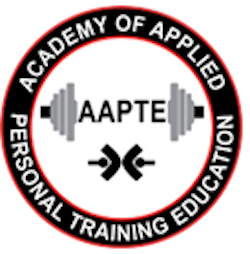Foundations of Kinesiology for the Fitness and Exercise Specialist

Description
Ever wonder about the mechanical principles that regulate human movement? How to analyze movement (resistance training exercises) for efficiency or how to create the most efficient movements possible to increase structural integrity? Expand your knowledge in this home study course that presents the foundations of kinesiology. Obtain the ability to perform a structured approach to analyze human movements called; General Motion Assessment Strategy. This approach offers the ability to analyze motion and force with an insight of the potential resultants of the short and long term effects on the human body. Additionally, learn how to determine if a resistance training exercise is efficient, appropriate and, or necessary.
Available Course Credits
 |
AAPTE | 2.50 |
Learning Objectives
Learning Objectives and Outcomes: • Obtain an understanding of the fundamental concepts and terminology of kinesiology. • Describe the functions of skeletal tissue bone and skeletal muscle tissue. • Identify the nine essential characteristics of a movement. • Identify the three characteristics of a resistance training exercise. • Understand the mechanical principles of creating a resistance training exercise. • Understand the mechanical principles that regulate human motion. • Demonstrate the ability to detect movement efficiency by performing a qualitative analysis. • Recognize the potential factors that can have an effect on the efficiency and outcome of a movement. • Comprehend and utilize the eight components to the General Motion Assessment Strategy.
Course Procedure
- Enroll in the course.
- View the course content.
- Take the test. (You must score 80% to pass. If you do not pass, you may retake the test.)
- Print your certificate of completion.
Course Content
| Foundations of Kinesiology for the Fitness and Exercise Specialist | Module |